
The Hidden Gem of the Pacific: Ewa District, Nauru
Explore the serene beauty and rich culture of Ewa District, Nauru's hidden Pacific gem, offering pristine beaches, historical landmarks, and vibrant marine life.
Ewa District in Nauru is a picturesque and tranquil region located on the Pacific island of Nauru. Known for its striking natural beauty and cultural richness, Ewa District is a must-visit for those seeking a peaceful getaway. The district is surrounded by pristine beaches, lush green landscapes, and crystal-clear waters, making it an ideal destination for nature lovers and adventure seekers alike. Ewa District is home to some of the island's most significant landmarks, including the iconic Command Ridge, which offers breathtaking panoramic views of the surrounding area. Visitors can explore the remnants of World War II, such as bunkers and artillery, giving a glimpse into the island's historical past. The district also boasts a vibrant local culture, with friendly residents who are always eager to share their traditions and stories. For those interested in marine life, Ewa's coastal areas provide excellent opportunities for snorkeling and diving. The coral reefs are teeming with colorful fish and other marine creatures, offering a mesmerizing underwater experience. Additionally, Ewa District is an excellent spot for birdwatching, with a variety of native bird species inhabiting the region. Whether you're looking to relax on the beach, explore historical sites, or immerse yourself in nature, Ewa District in Nauru has something for everyone.
Local tips in Ewa District
- Travel light and pack essentials, as amenities can be limited in Ewa District.
- Hire a local guide to explore Command Ridge and other historical sites for a more informative experience.
- Bring your own snorkeling gear if possible, as rental options may be scarce.
- Respect local customs and traditions; always ask for permission before photographing residents.
The Hidden Gem of the Pacific: Ewa District, Nauru
Ewa District in Nauru is a picturesque and tranquil region located on the Pacific island of Nauru. Known for its striking natural beauty and cultural richness, Ewa District is a must-visit for those seeking a peaceful getaway. The district is surrounded by pristine beaches, lush green landscapes, and crystal-clear waters, making it an ideal destination for nature lovers and adventure seekers alike. Ewa District is home to some of the island's most significant landmarks, including the iconic Command Ridge, which offers breathtaking panoramic views of the surrounding area. Visitors can explore the remnants of World War II, such as bunkers and artillery, giving a glimpse into the island's historical past. The district also boasts a vibrant local culture, with friendly residents who are always eager to share their traditions and stories. For those interested in marine life, Ewa's coastal areas provide excellent opportunities for snorkeling and diving. The coral reefs are teeming with colorful fish and other marine creatures, offering a mesmerizing underwater experience. Additionally, Ewa District is an excellent spot for birdwatching, with a variety of native bird species inhabiting the region. Whether you're looking to relax on the beach, explore historical sites, or immerse yourself in nature, Ewa District in Nauru has something for everyone.
When is the best time to go to Ewa District?
Iconic landmarks you can’t miss
Ewa Lodge
Discover the charm of Nauru at Ewa Lodge, your perfect stay for exploring stunning landscapes and rich culture in the Pacific paradise.
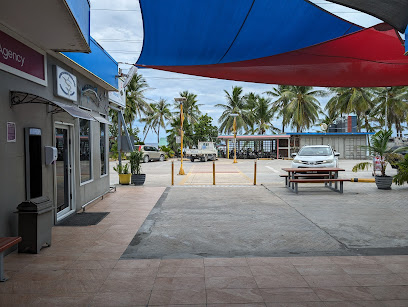
Naoero Museum
Explore the Naoero Museum in Yaren for an insightful journey into Nauru's captivating history and culture, perfect for every curious traveler.
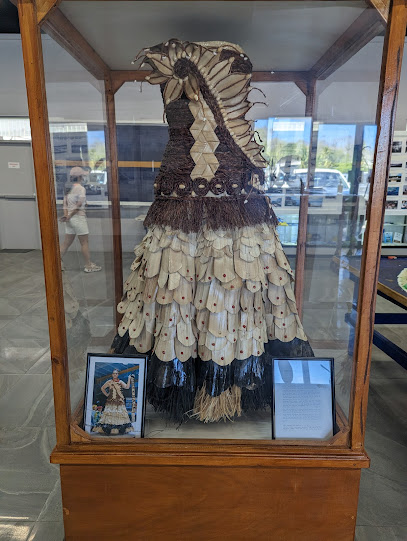
WWII Memorial Monument
Discover the poignant history at the WWII Memorial Monument in Orro, a significant tribute to those who served during World War II.

WW2 Japanese Bunker
Uncover the rich history of the WW2 Japanese Bunker in Anabar, a must-visit landmark for history lovers and curious travelers alike.
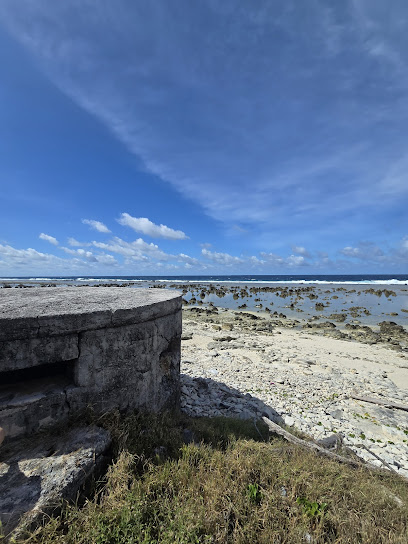
WW2 Bunker
Discover Nauru's WW2 Bunker, a historical landmark offering a unique glimpse into the island's military past amidst stunning natural beauty.
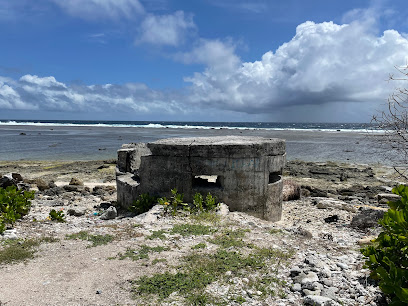
Moqua Caves
Discover the enchanting Moqua Caves in Yaren, Nauru, where nature's artistry meets tranquility amidst stunning limestone formations.

Unmissable attractions to see
WW2 Japanese Bunker
Unveil the history of the WW2 Japanese Bunker in Anabar, a captivating landmark that showcases the resilience and strategy of wartime Japan.
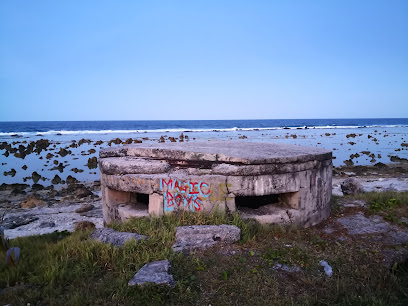
Anetan Seawall
Experience the serene beauty of Anetan Seawall, a peaceful coastal park in Ronave perfect for relaxation, photography, and enjoying nature.
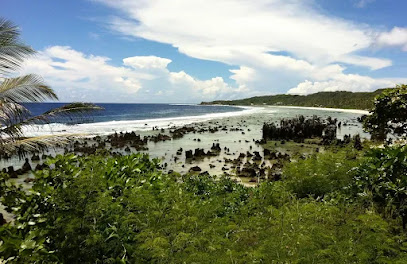
Essential places to dine
The Bay Restaurant
Experience the culinary delights of The Bay Restaurant in Anibare - where local flavors meet stunning ocean views.
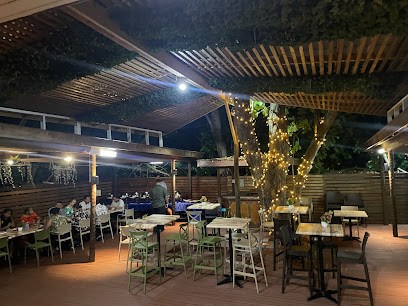
OMG Sushi Restaurant
Savor authentic Japanese flavors at OMG Sushi Restaurant in Orro – a hidden gem for sushi enthusiasts visiting Nauru.
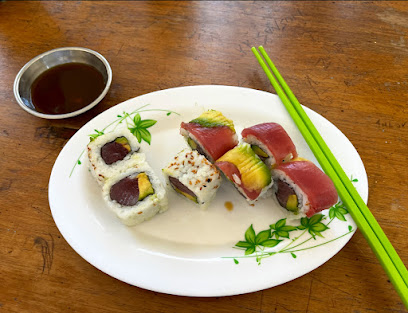
Mr Chippies
Experience authentic Nauruan cuisine at Mr Chippies in Anibare – where every meal tells a story of flavor and tradition.
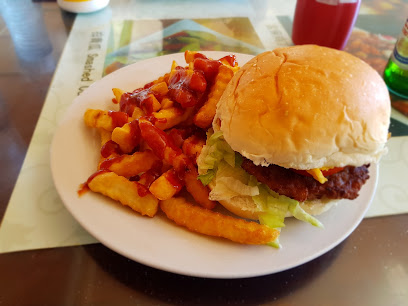
Star Kingdom
Experience authentic Asian flavors at Star Kingdom in Boe, Nauru - a culinary gem perfect for tourists seeking delightful dining.
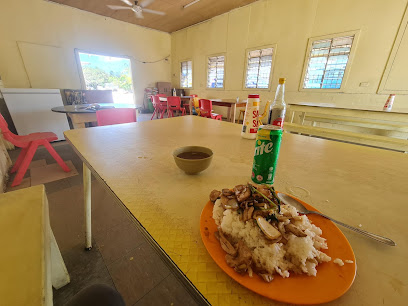
Chinese Restaurant Buada
Experience authentic Chinese flavors at Buada in Arenibek - where every dish tells a story of tradition and taste.

Anibare Boat Harbour Restaurant
Experience exceptional local cuisine at Anibare Boat Harbour Restaurant with breathtaking views of Anibare Bay.
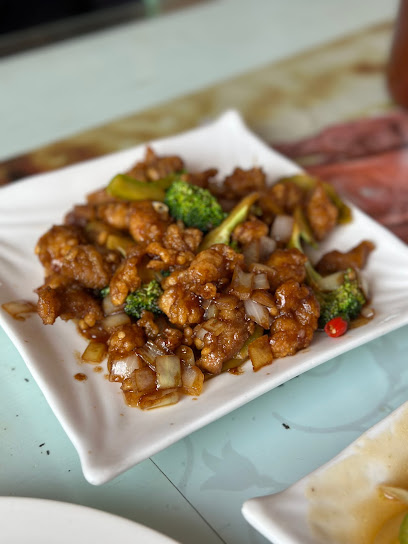
Florrowest Restaurant
Experience exquisite dining at Florrowest Restaurant in Boe - where local flavors meet culinary excellence.
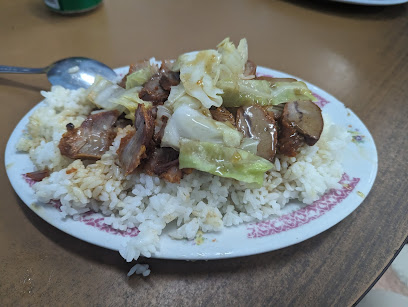
Somewhere Else in Nauru
Experience authentic Nauruan cuisine at Somewhere Else in Arijejen - a hidden culinary gem offering local flavors and warm hospitality.
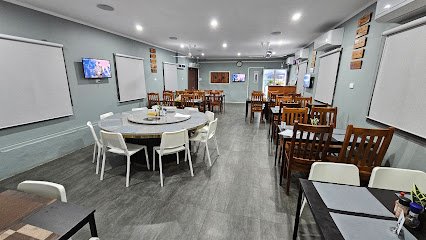
Lucky Tigeress Yum Cha
Discover the vibrant flavors of yum cha at Lucky Tigeress Yum Cha – a must-visit breakfast spot in Arijejen.
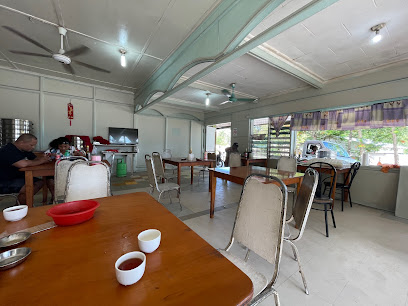
Jullem
Experience authentic Chinese flavors at Jullem in Anibare, where delicious dishes meet warm hospitality for an unforgettable dining adventure.
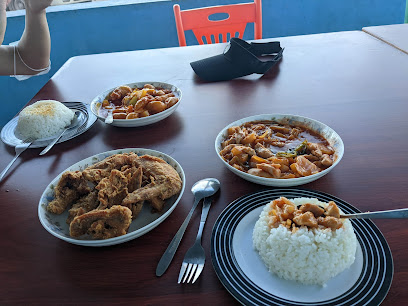
J’ RESTAURANT
Experience authentic Chinese cuisine at J' Restaurant in Arijejen - where every dish tells a story.
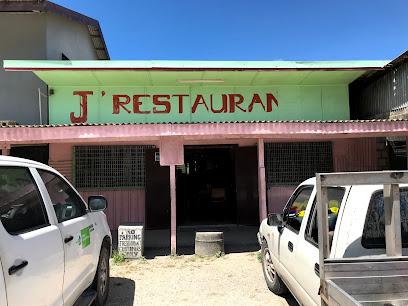
Double J
Experience authentic local flavors at Double J Restaurant in Ibwenape – where every dish tells a story.
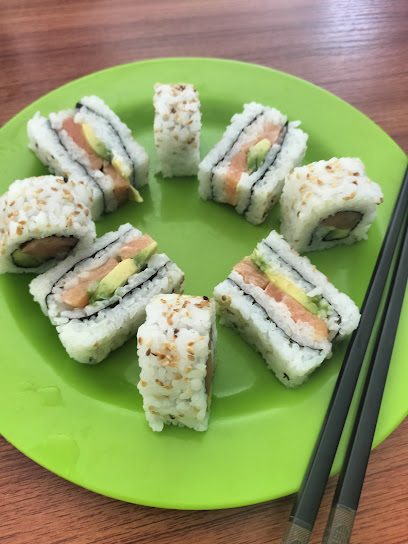
K-Love Restaurant
Experience authentic Nauruan cuisine at K-Love Restaurant in Yaren - where local flavors meet warm hospitality.
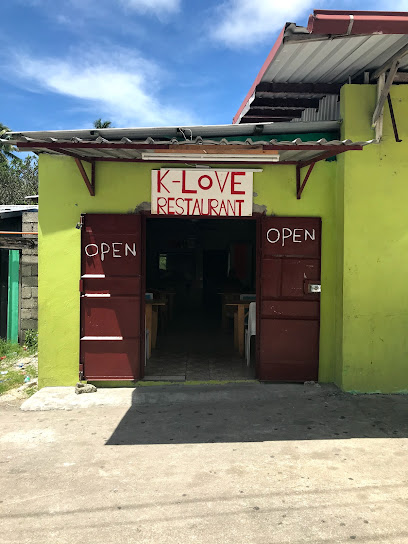
Golden Bridge Restaurant
Experience authentic Chinese cuisine at Golden Bridge Restaurant in Yangor—where tradition meets taste for an unforgettable dining adventure.
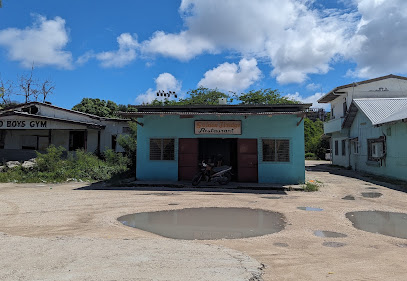
WangJiao Breakfast Restaurant
Experience authentic local flavors at WangJiao Breakfast Restaurant in Boe International Airport - where every meal is a journey.
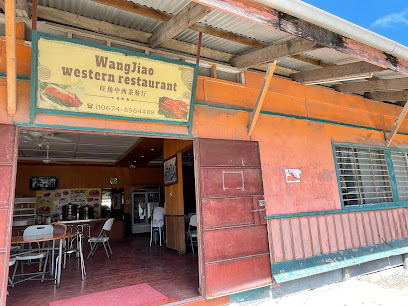
Markets, malls and hidden boutiques
Capelle and Partner
Experience the vibrant shopping culture at Capelle and Partner, where local charm meets modern retail bliss in Ronave.
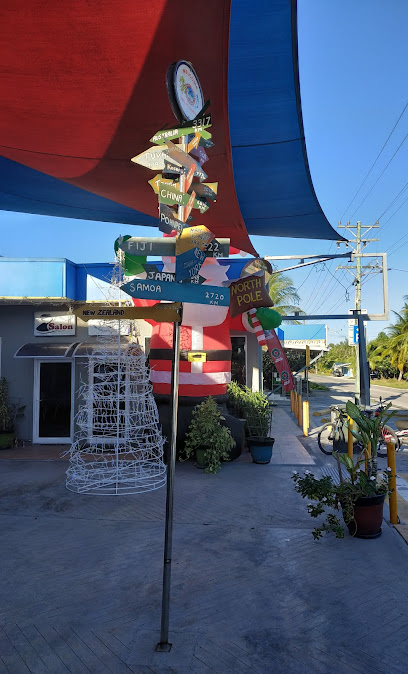
Ewa Lodge
Discover comfort and convenience at Ewa Lodge in Ronave, a perfect retreat for travelers seeking local charm and modern amenities.
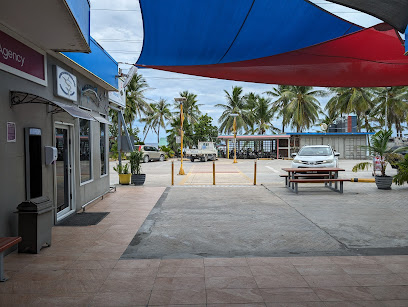
Eigigu Supermarket
Discover the local flavors and vibrant atmosphere at Eigigu Supermarket in Boe, your go-to stop for fresh produce and unique snacks.
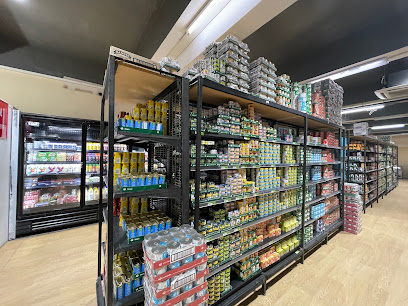
Pacific store
Discover local flavors and essentials at Pacific Store in Nibok, your ideal grocery destination for authentic products and friendly service.

Zombies Store
Explore the vibrant Zombies Store in Yaren for unique souvenirs and local treasures that capture the essence of Nauru.

Vim No.1 Store
Discover local flavors and essentials at Vim No.1 Store, the top grocery spot in Arijejen, Nauru.
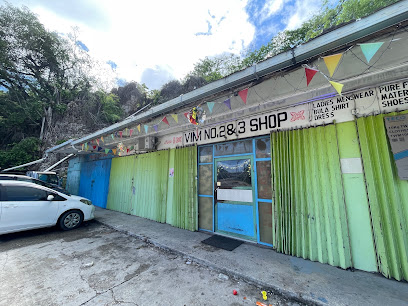
Ataro Bay Store
Discover local flavors and everyday essentials at Ataro Bay Store - the perfect grocery stop on your island adventure.
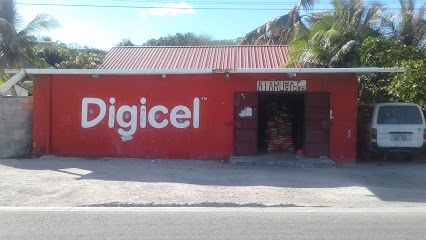
Elizabeth's Garden
Explore Elizabeth's Garden in Boe for a delightful shopping experience filled with local crafts, gifts, and friendly service.
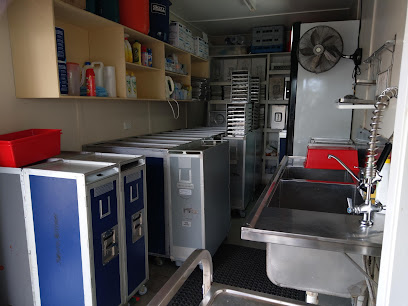
Sunset CornerEnterprise
Explore Sunset CornerEnterprise: Your one-stop general store in Borderline for local delights, refreshments, and petrol services.

Rainbow Store
Explore Baiti's Rainbow Store; a vibrant convenience shop offering local goods, snacks, and unique souvenirs that capture the spirit of the region.
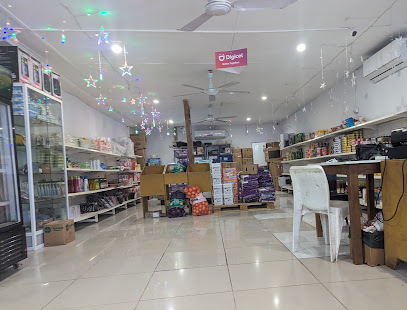
Tuka Luka Store
Discover the unique blend of contemporary and traditional Nauruan fashion at Tuka Luka Store in Yaren, a must-visit for every traveler.

MyStore
Explore local flavors and essential goods at MyStore in Yaren, a charming general store perfect for travelers seeking unique finds.

Halo Store
Explore the local culture at Halo Store, Arenibek’s charming general store offering unique souvenirs and essential goods.
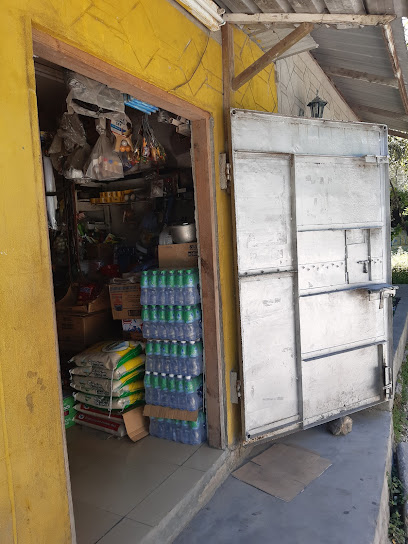
Abwan Warehouse
Explore Abwan Warehouse in Arijejen, a vibrant home goods store showcasing local craftsmanship and unique treasures for every traveler.

Sparkle 7
Experience the vibrant shopping scene at Sparkle 7 in Iangan, featuring innovative products and unique local crafts that reflect the essence of the region.

Essential bars & hidden hideouts
The Bay Restaurant
Experience the best of local and international cuisine at The Bay Restaurant, where stunning ocean views enhance every meal.
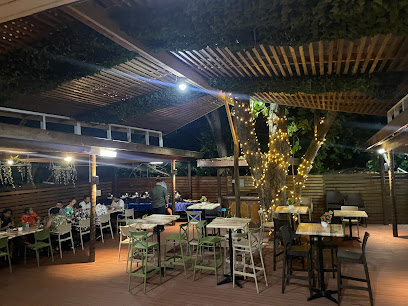
Jules On The Deck
Experience breathtaking sunsets and refreshing cocktails at Jules On The Deck, Nibok's premier bar for relaxation and vibrant nightlife.
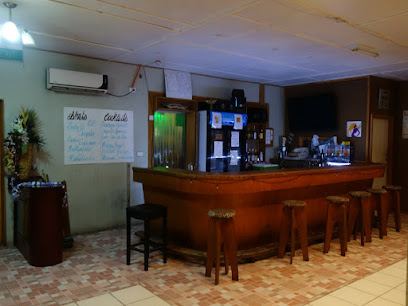
OMG Sushi Restaurant
Experience the finest sushi in Orro at OMG Sushi Restaurant, where authentic flavors and modern creativity come together for a dining experience like no other.
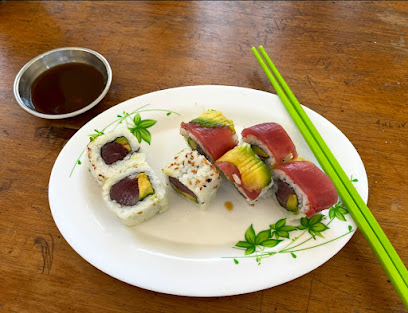
Mr Chippies
Experience the best of local and international cuisine at Mr Chippies in Anibare, where fresh flavors meet a charming atmosphere.
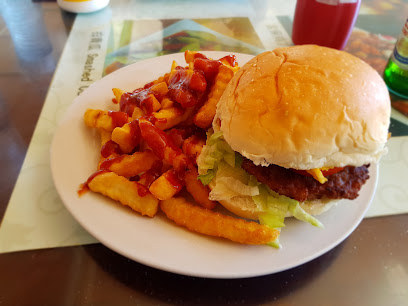
Chinese Restaurant Buada
Discover the authentic taste of Chinese cuisine at Chinese Restaurant Buada, a culinary gem in Arenibek, perfect for any food lover's journey.

Anibare Boat Harbour Restaurant
Experience the flavors of Nauru at Anibare Boat Harbour Restaurant, where fresh seafood and stunning harbor views await.
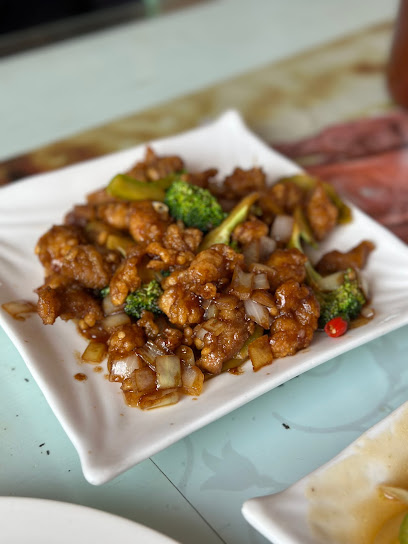
Florrowest Restaurant
Discover Florrowest Restaurant in Boe, where local flavors meet international cuisine in a warm, inviting atmosphere that delights every palate.
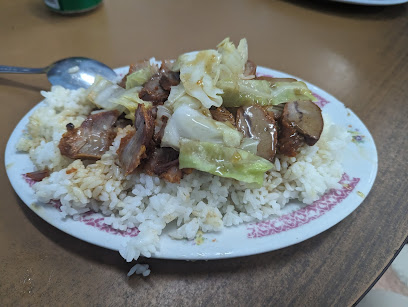
Somewhere Else in Nauru
Experience authentic Nauruan cuisine at Somewhere Else, a culinary gem in Arijejen, perfect for tourists seeking local flavors.
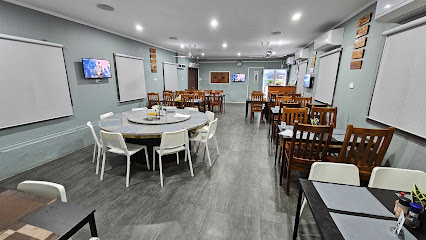
Lucky Tigeress Yum Cha
Discover the vibrant flavors of breakfast at Lucky Tigeress Yum Cha, a must-visit dining experience in Arijejen.

Jullem
Experience the best of Chinese cuisine at Jullem in Anibare, where authentic flavors and a cozy atmosphere await every food lover.

J’ RESTAURANT
Savor the essence of China with every bite at J’ Restaurant, a culinary gem on Waterfront Road in Arijejen.
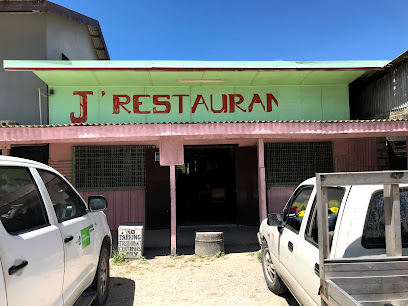
Double J
Experience the flavors of Ibwenape at Double J, where local cuisine meets a welcoming atmosphere for an unforgettable dining experience.
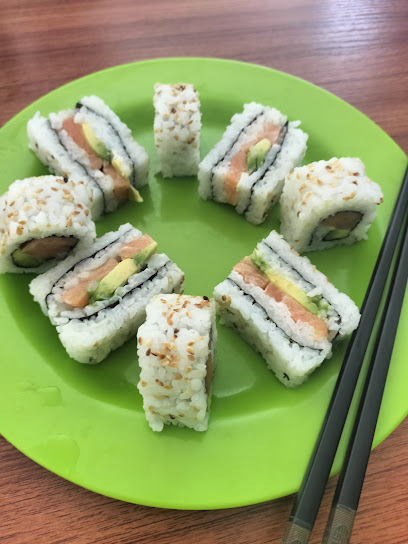
Crystal Kitchen
Experience family-friendly dining at Crystal Kitchen, where delicious local and international dishes meet warm hospitality in Anibare.
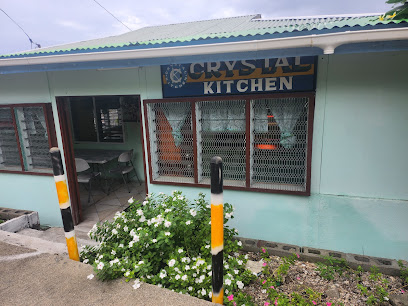
Milk Bar
Discover Milk Bar in Yangor - a charming café renowned for its delicious milk-based drinks and cozy atmosphere, perfect for travelers.
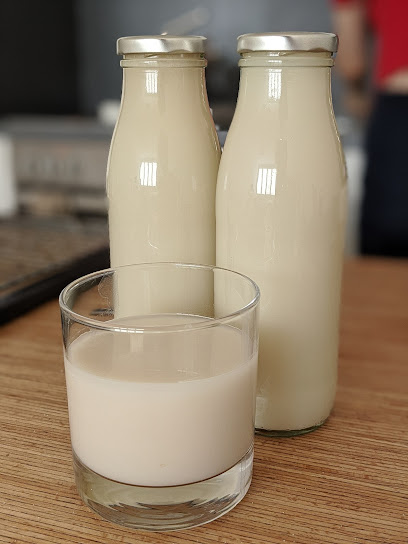
Kasuo Restaurant
Experience the vibrant flavors of Yangor at Kasuo Restaurant, where local cuisine meets international flair in a cozy setting.

Local Phrases about Ewa District
-
- HelloIa
[ee-ah] - GoodbyeBye-bye
[bye-bye] - YesEa
[ay-ah] - NoAa
[ah-ah] - Please/You're welcomeFay-fay
[fay-fay] - Thank youKamawir
[ka-mah-weer] - Excuse me/SorryPardon
[par-don] - How are you?Kamne aej?
[kam-neh ayj] - Fine. And you?Bong. E kamne?
[bong. ay kam-neh] - Do you speak English?Kamne imainglis?
[kam-neh ee-may-ingles] - I don't understandE aej ke aej
[ay ayj ke ayj]
- HelloIa
-
- I'd like to see the menu, pleaseE aej ke bong meniu, fay-fay
[ay ke bong me-nyoo, fay-fay] - I don't eat meatE aej ke aran meik
[ay ke aran mayk] - Cheers!Mauri!
[mau-ree] - I would like to pay, pleaseE aej ke pe, fay-fay
[ay ke pay, fay-fay]
- I'd like to see the menu, pleaseE aej ke bong meniu, fay-fay
-
- Help!Tulun!
[too-loon] - Go away!Kakaa!
[ka-kaa] - Call the Police!E kame Police!
[ay kam-eh police] - Call a doctor!E kame doctor!
[ay kam-eh doctor] - I'm lostE aej ke aeka
[ay ke ay-ka] - I'm illE aej ke irin
[ay ke ee-reen]
- Help!Tulun!
-
- I'd like to buy...E aej ke tai...
[ay ke tay...] - I'm just lookingE aej ke tao
[ay ke tay-ow] - How much is it?Iet ke ute?
[yet ke oo-tay] - That's too expensiveIet ke oanu ka lo
[yet ke ow-ah-noo ka low] - Can you lower the price?E kamne ke kikira iet?
[ay kam-neh kee-kee-rah yet]
- I'd like to buy...E aej ke tai...
-
- What time is it?Iet aej ke aeka?
[yet ay ke ay-ka] - It's one o'clockIet ke tao aeka
[yet ke tay-ow ay-ka] - Half past (10)Iet aej ke aran (10)
[yet ay ke aran (10)] - MorningAeka
[ay-ka] - AfternoonEneim
[ay-naym] - EveningE aeka
[ay ay-ka] - YesterdayAniki
[ah-nee-kee] - TodayNiki
[nee-kee] - TomorrowEniki
[ay-nee-kee] - 1Beku
[bay-koo] - 2Ruaru
[roo-ah-roo] - 3Iri
[ee-ree] - 4Aeka
[ay-ka] - 5Eneim
[ay-naym] - 6Oanu
[ow-ah-noo] - 7Uka
[oo-kah] - 8Aewa
[ay-wah] - 9Kai
[ka-ee] - 10Aran
[ah-ran]
- What time is it?Iet aej ke aeka?
-
- Where's a/the...?Iet aej ke aeka...?
[yet ay ke ay-ka...?] - What's the address?Iet ke aeka...
[yet ke ay-ka...] - Can you show me (on the map)?E kamne ke sio me (on the map)?
[ay kam-neh kee see-oh may (on the map)?] - When's the next (bus)?Iet aej ke ika (bus)?
[yet ay ke ee-kah (bus)?] - A ticket (to ....)Iet ke ao (to ....)
[yet ke ow (to ....)]
- Where's a/the...?Iet aej ke aeka...?
History of Ewa District
-
Ewa District is one of the twelve districts on the island of Nauru. Like other parts of the island, it has been inhabited for millennia by the indigenous Nauruan people. The district contains archaeological evidence suggesting that it was an important settlement area long before European contact.
-
During the late 19th and early 20th centuries, Nauru, including Ewa District, fell under various colonial administrations. Initially annexed by Germany in 1888, the island became a strategic point for phosphate mining. The remnants of this colonial period can still be observed in the district through architectural structures and old machinery.
-
Ewa District, like the rest of Nauru, was significantly impacted during World War II. The island was occupied by Japanese forces from 1942 to 1945. Ewa's coastal areas were fortified, and some of these fortifications still exist today, serving as a somber reminder of the war years.
-
After World War II, Nauru came under a United Nations trusteeship administered by Australia, New Zealand, and the United Kingdom. The phosphate mining industry boomed during the 1950s and 1960s, bringing prosperity to the island. Ewa District benefited from this economic boom, with new infrastructure and community facilities being established.
-
Nauru gained its independence in 1968, and Ewa District continued to develop as part of the newly sovereign nation. The district has seen significant changes over the decades, balancing traditional Nauruan culture with modern influences. The annual Nauru Independence Day celebrations often feature events in Ewa, highlighting its ongoing cultural significance.
Ewa District Essentials
-
Ewa District is located on the island nation of Nauru in the Pacific Ocean. There is only one international airport on the island, Nauru International Airport (INU), which is located in Yaren District, just a short drive from Ewa. Flights to Nauru are limited and usually come from Brisbane, Australia or other nearby Pacific islands. From the airport, you can take a taxi or arrange for hotel transportation to reach Ewa District.
-
Ewa District is relatively small, and most of its attractions can be reached on foot. For longer distances or convenience, taxis are readily available. Car rentals are also an option, but be aware that roads can be narrow and driving is on the left-hand side. There is no public bus service, so taxis or rental cars are the best options for getting around.
-
The official currency in Nauru is the Australian Dollar (AUD). Credit cards are accepted in some hotels and larger establishments, but cash is essential for smaller businesses and local markets. ATMs are limited, so it is advisable to bring sufficient cash with you or withdraw it at the airport upon arrival.
-
Ewa District is generally safe for tourists, but it is always wise to take standard precautions. Avoid walking alone at night in poorly lit areas and be cautious of your belongings in crowded places. There are no specific high-crime areas targeting tourists, but maintaining vigilance is always recommended.
-
In case of emergency, dial 110 for police assistance or 111 for medical emergencies. The island's main hospital is located in Yaren District, a short distance from Ewa. It is advisable to have travel insurance that covers medical emergencies. For minor health issues, pharmacies are available where you can purchase over-the-counter medications.
-
Fashion: Do dress modestly, especially in public areas. Avoid overly revealing clothing. Religion: Do respect local customs and traditions. Public Transport: Since there is no public bus service, this point is not applicable. Greetings: Do greet people with a smile and a friendly wave; formal handshakes are not always customary. Eating & Drinking: Do try local dishes and accept food offerings graciously. Don't waste food, as it is considered disrespectful.
-
To experience Ewa District like a local, visit the local markets where you can buy fresh seafood and locally grown produce. Engage with locals, who are known for their friendliness and hospitality. Don't miss exploring the beautiful coastal areas and enjoying water activities like snorkeling and fishing. For a unique experience, participate in a traditional Nauruan feast if you get the opportunity.
Nearby Cities to Ewa District
-
Things To Do in Anabar
-
Things To Do in Ijuw
-
Things To Do in Anibare
-
Things To Do in Denigomodu
-
Things To Do in Buada
-
Things To Do in Aiwo
-
Things To Do in Boe
-
Things To Do in Yaren
-
Things To Do in Kosrae
-
Things To Do in Mili
-
Things To Do in Majuro
-
Things To Do in Aur
-
Things To Do in Lata
-
Things To Do in Auki
-
Things To Do in Tulagi







